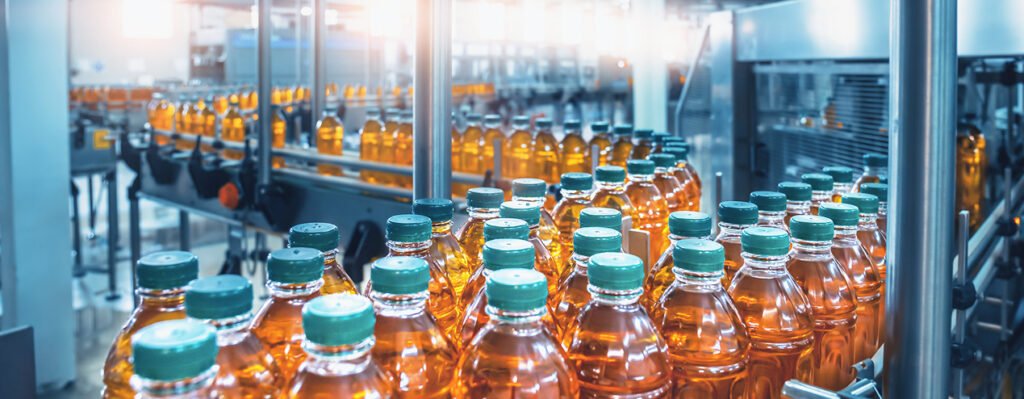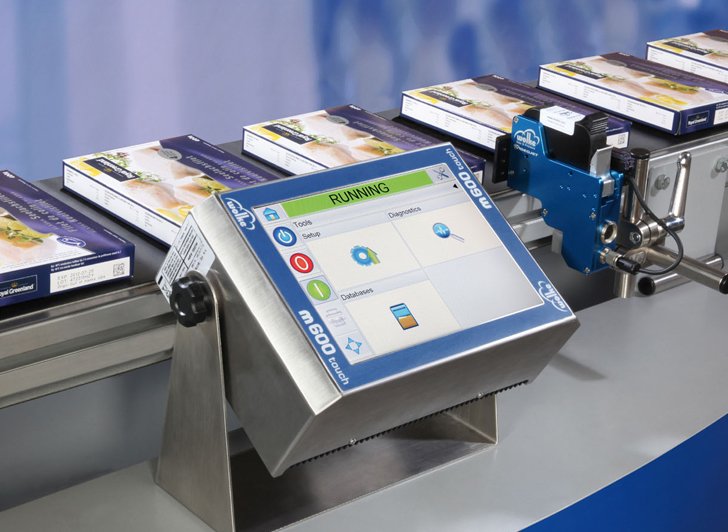Choosing right coding for your machine
In the world of manufacturing and packaging, precision and accuracy are paramount. Ensuring that your products are labeled with the correct dates and codes not only guarantees compliance with regulations but also maintains product integrity and consumer trust. This is where choosing the right date coding machine becomes a crucial decision for your business. In this blog, we’ll guide you through the process of selecting the ideal date coding machine that suits your specific needs.Understanding Date Coding Machines
Date coding machines are designed to print essential information such as expiration dates, manufacturing dates, lot numbers, and barcodes on packaging materials. This information is vital for quality control, inventory management, and traceability throughout the supply chain. Here are the key considerations to keep in mind when choosing a date coding machine:-
Type of Printing Technology
-
Production Volume
-
Substrate Compatibility
-
Printing Speed
-
Code Complexity
-
Ease of Use and Maintenance
-
Integration and Connectivity
-
Compliance and Regulations
-
Budget and Total Cost of Ownership
-
Brand Reputation






